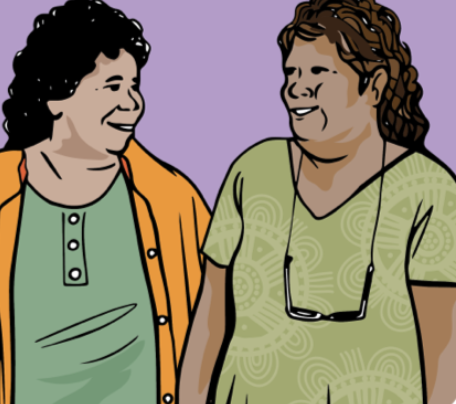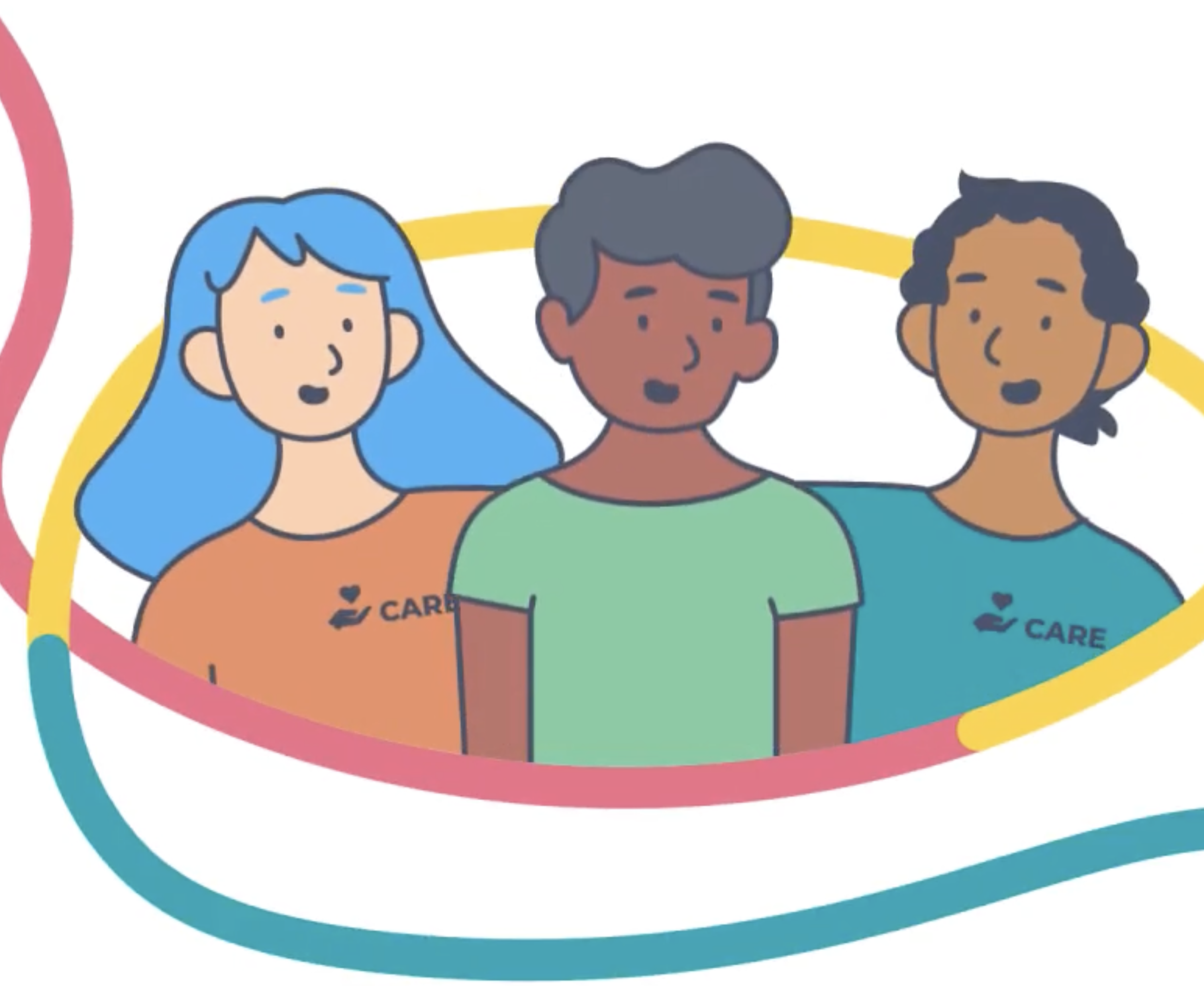Palliative Care for Community
What is Palliative Care?
Palliative care is person and family-centred care provided for a person living with a life-limiting disease and their families for whom the primary goal is to optimise the quality of life.
Palliative care identifies and treats symptoms which may be physical, emotional, spiritual or social. Because palliative care is based on individual needs, the services offered will differ but may include:
Relief of pain and other symptoms e.g. vomiting, shortness of breath
Equipment needed to aid care at home
Planning for future medical treatment decisions and goals of care
Links to other services such as home help and financial support
Support for people to meet cultural or spiritual obligations
Counselling and grief support
Referrals and respite care services
Palliative care support is available in the region at home, in care facilities, or in the hospital. Palliative care strives to recognise the culture, beliefs, and practices of patients which informs their values, meaning making and expectations of end of life.
General information and resources about palliative care have been divided into four sections roughly aligning with the palliative care journey. Speak to your healthcare professional for more information.
After diagnosis with a life limiting illness
Early referral to palliative care can often prolong life and supports a better quality of life. People may be referred to palliative care while still undergoing treatment to extend life.
MLHD staff will provide you with over the phone support and clinical advice to ensure you receive the right services along your health journey.
A guide to understanding your local palliative care system and support services.
Information about cancer, including cancer types, prevention, diagnosis, treatment, living with cancer, finding support, clinical trials and much more.
Helping you manage your illness, particularly pain and symptoms so you can continue to live life as well as you can while dealing with your illness.
These resources have been developed to help Australians work out what’s right for them if they were to become very sick or at the end of their lives.
Community support services for Aboriginal and Torres Strait Islander families in the Murrumbidgee.
Needing assistance
The progression of a life limiting illness may vary at times which may mean additional practical assistance is required. There are a lot of resources available to provide help but you may not know that they even exist. Getting extra help doesn’t mean ‘giving up’ or that carers can’t provide care.
Services may include social workers, dietitians, speech pathologists, volunteer support or pastoral care.
Self-care is any action that takes care of you so that you can continue to care for your loved one.
A simple guide developed to support carers in arranging an in-home respite visit.
A tool to help ensure you remain connected to your social support networks during extended periods of illness.
When you have a life-limiting illness there are things to consider, this could be for you or for those around you. There is information here that can help in making informed choices.
Caring for someone who is dying is an individual commitment and can be a rich, rewarding and challenging experience.
Provides professional health information, support and advice for people who receive palliative care, their carers, parents, families and health professionals during the after hours period.
A range of free services and support just for carers including young carers.
A range of care services that can help you stay in your home or support your return home after a hospital stay.
Information and ideas for carers, family members and friends including activities for people living with dementia, managing changes in communication, and taking care of yourself.
This toolkit attempts to make it easier to open conversations about death and dying for the LGBTQ+ community.
Lesbian, gay, bisexual, transgender and gender diverse people, and queer people (LGBTQ people) are at increased risk of some chronic diseases and cancers.
Information for families and carers who are caring for a person with a life-limiting illness or condition.
Pain often accompanies cancer and other progressive diseases and it can affect all aspects of your life- psychological, emotional and spiritual.
A medicines list can be a useful way to keep all the information about your medicines together.
Preparing for end of life
There are choices available to you about what happens at end of life and the place that you feel most comfortable to die. Discuss your end of life wishes with your family/family of choice and your health care team.
When someone is diagnosed with a life-limiting condition, knowing the difference between these two can make a big impact on future care.
When you have a life-limiting illness there are things to consider, this could be for you or for those around you. There is information here that can help in making informed choices.
These resources have been developed to help Australians work out what’s right for them if they were to become very sick or at the end of their lives.
Advance Care Planning is a voluntary process of planning for future health and personal care whereby a person makes their beliefs, values and preferences known so they can be used to guide future decision-making.
Information about advance care planning is also available in other languages.
Having an Advance Care Directive will make it easier for your loved ones and health staff if they need to make decisions for you.
Find out what an advance care plan is and how to upload an advance care plan through myGov.
An Enduring Guardian is someone you appoint to make lifestyle and health decisions on your behalf, when you don't have the capacity to make them for yourself.
Enduring Power of Attorney is a legal document that allows you to appoint a person(s) to manage financial and legal decisions on your behalf and continues even if you lose the ability to make decisions for yourself.
Palliative Care Australia information for carers brochure.
After death
Grief is a natural response to any loss. That loss might be a death, or it might be for the loss of the person as you knew them. If you’re grieving, remember that you’re not alone and help is available.
Grief is an individual experience, and there is no right way or set time to grieve. Even if the death was expected, you may still feel sad, fearful or panicky. It’s also normal to feel relief, or to feel no emotions at all. There is no right or wrong way to feel. (Carer Gateway 2024)
What to do first, what to do in the first five days, how to organise a funeral or memorial service, important information if the person died in hospital or at home.
How to notify government organisations and others and complete necessary tasks after someone has died. Information about financial and other support available.
There are many things to organise after someone dies, all while possibly dealing with grief. Information on first steps and what to consider.
You need to be able to express your grief, remembering that there is no right or wrong way to do this.
















































